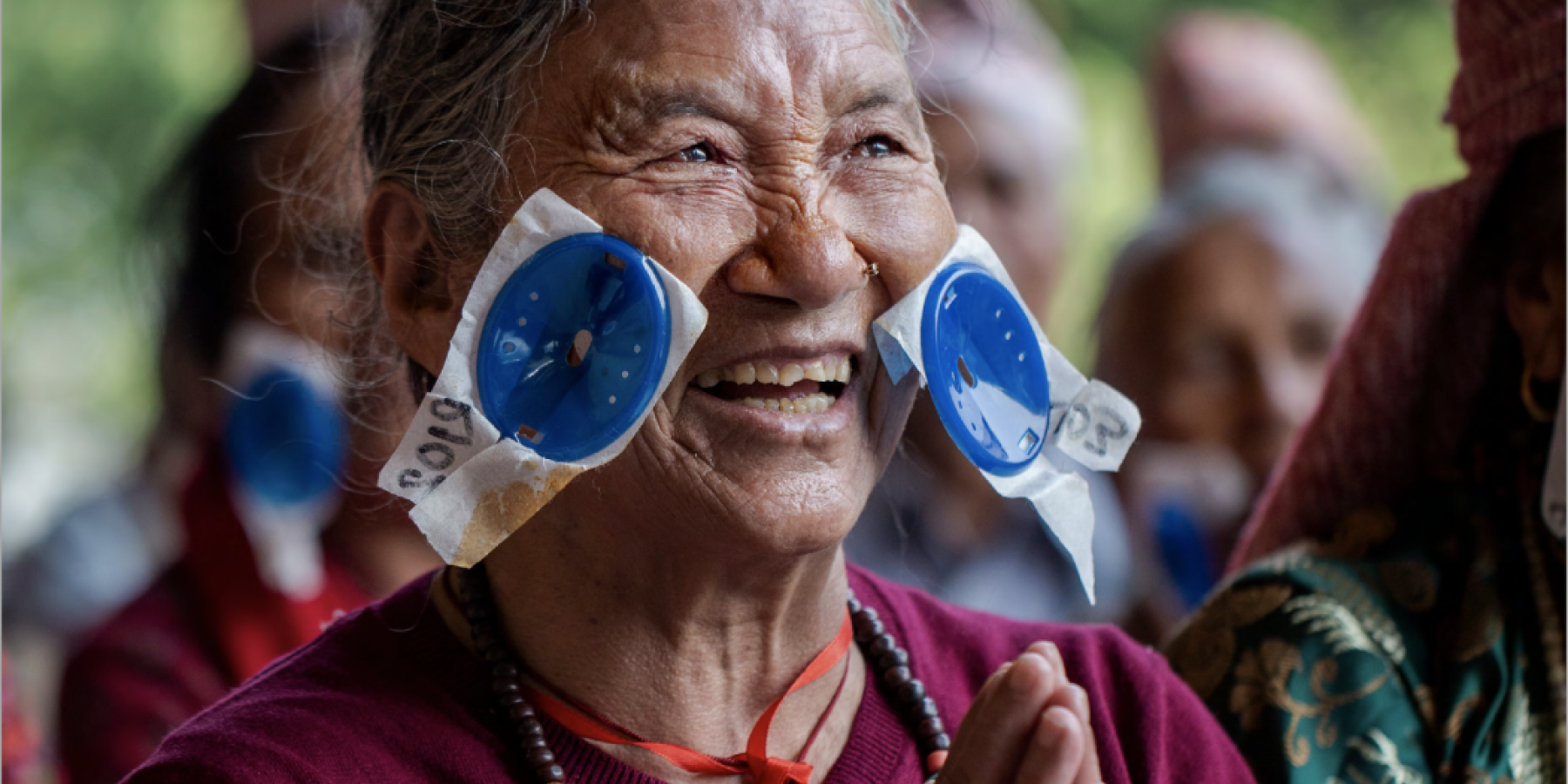Caring for eye health within the NCD and UHC responses
27th July 2020

27th July 2020
Globally, 41 million people die every year due to NCDs and at least 2.2 billion people live with vision impairment or blindness in the world, of which 1 billion have a vision impairment or blindness that could have been prevented or treated. The COVID-19 pandemic has demonstrated that health services and strong health systems cannot be built overnight, and that governments must respond quickly to the growing burden of NCDs and multi-morbidity, and the need for better integrated care .
If no further action is taken, it is estimated that the global burden of blindness will triple by 2050, and up to half of the world’s population live with some form of vision impairment. This policy brief stresses the contribution of eye health conditions to the global NCD morbidity burden and explores the complex relationship between eye health conditions and other NCDs, including co-morbidities, common risk factors, social determinants, and the care gap created by the absence of integrated, people-centred solutions.
“Eye health conditions are a barrier to sustainable development and participation in society. 2.2 billion people live with vision impairment or blindness globally, which is over one quarter of the world’s population. Access to eye care must be part of NCD prevention and control strategies at global and national levels, and be included in broader UHC responses,” said Katie Dain, CEO of NCD Alliance.
The publication of this policy brief coincides with the long-awaited adoption of the World Health Assembly resolution for ‘Integrated people-centred eye care, including preventable blindness and impaired vision’. The brief echoes key messages from the resolution, which acknowledges the existence of cost-effective eye interventions covering promotion, prevention, treatment and rehabilitation at primary health care (PHC) level, and the need for their integration into health systems as part of countries’ pathways towards Universal Health Coverage (UHC).
“Recent studies have shown that people with vision loss and other eye health conditions are more likely to have other NCDs than people with good vision. This makes engaging with the NCD community a critical priority for The Fred Hollows Foundation. We know that blindness will triple by 2050 unless we ramp up efforts to strengthen health systems and provide better access to eye health, so we will need to work with the NCD sector and other partners in these global efforts,” said Ian Wishart, CEO The Fred Hollows Foundation.
The policy brief will be formally launched during the Global Week for Action on NCDs (7-13 September 2020) as this year’s theme will be “accountability”, and this new resource highlights the need for more data and political leadership to integrate eye care services in national health programmes, concluding that the lack of data weakens opportunities from civil society to demand accountability and advocate for increased investment in NCDs and eye care.
The Fred Hollows Foundation is a leading international development organisation working towards a world in which no person is needlessly blind or vision impaired. Established in Australia in 1992, the Foundation now works in more than 25 countries and has restored sight to more than 2.5 million people worldwide. Learn more here